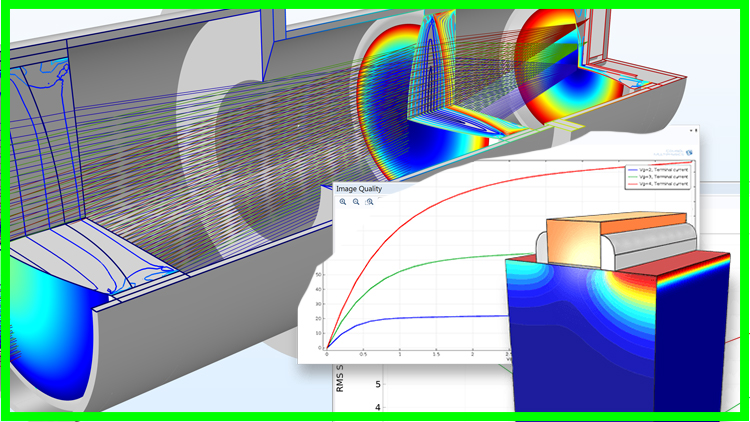comsol beginners course
This is the ⭐️ top-rated course on COMSOL Multiphysics, an industry-leading simulation platform. In this course, you will learn the complete basics of COMSOL simulation. Official tutorials are a bit advanced and do not address the complete process and theory behind it. I will show a live demonstration of a simulation and its complete analysis, including plotting and exporting data. In this course you will learn the following:
- Create a 3D model for simulation (also teach you how to model your system)
- Add physics and Boundary conditions in simulation ( like how to set up current, voltage, and ground, on your circuit )
- Add Mesh in simulation ( also explain what is meshing )
- How to run Simulation and verify results
- There is also an Assignment to test your understanding of the course ( with a hint )
- Explained in a General manner ( not any particular simulation specific, so everybody can understand )
What you’ll learn?
- Basic physics simulations
- Meshing of models
- How to add physics
- How to add boundary conditions
- How to run basic simulations for your problem
- How to use simulations for your research and understanding
- Analysis of simulation data
- How to verify simulation data
Are there any course requirements or prerequisites?
- Basic school-level Science is recommended (but not needed)
Who this course is for:
- Beginner in physics and simulations
- Researchers
- Ph.D. students who need simulation data for support
- Chemists, Physicists, Engineers
COMSOL
Engineers and scientists in various disciplines of engineering, manufacturing, and scientific research utilise the COMSOL Multiphysics® programme to model designs, devices, and processes. COMSOL Multiphysics® is a simulation platform that allows you to simulate fully connected multiphysics and single-physics systems. All of the phases in the modelling workflow are included in the Model Builder, from specifying the geometry, material attributes, and the physics that characterise particular phenomena to solving and postprocessing models for precise results.

When you've finished building a model, you can use the Application Builder to transform it into a simulation application with a specialised user interface that colleagues and clients who aren't familiar with simulation software can use. The Model Manager, a tool for modelling and simulation management that offers version control and efficient storage, is included in the COMSOL Multiphysics® platform to help you keep your models and applications organised.
To the COMSOL Multiphysics® software platform, you may add any combination of add-on products from the COMSOL product range. This allows you access to specific tools tailored to your modelling requirements, all while maintaining a consistent user experience independent of engineering discipline or physical phenomenon.
For help in modelling in any FEA, FDTD, DFT Simulation / Modelling work, you can contact us (bkcademy.in@gmail.com) or in any platform.
Interested to Learn Engineering modelling? Check our Courses?
u can follow us on social media
Share the resource
-.-.-.-.-.-.-.-.-.().-.-.-.-.-.-.-.-.-
© bkacademy
